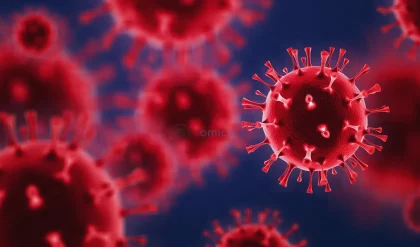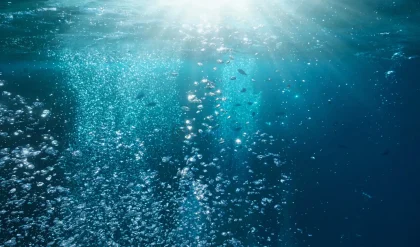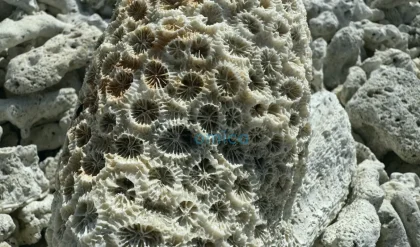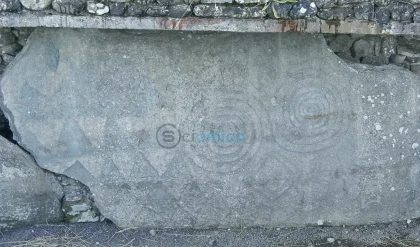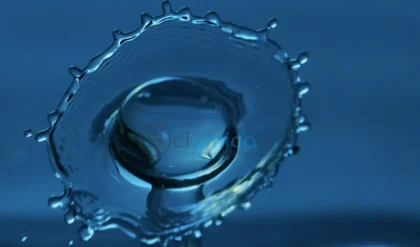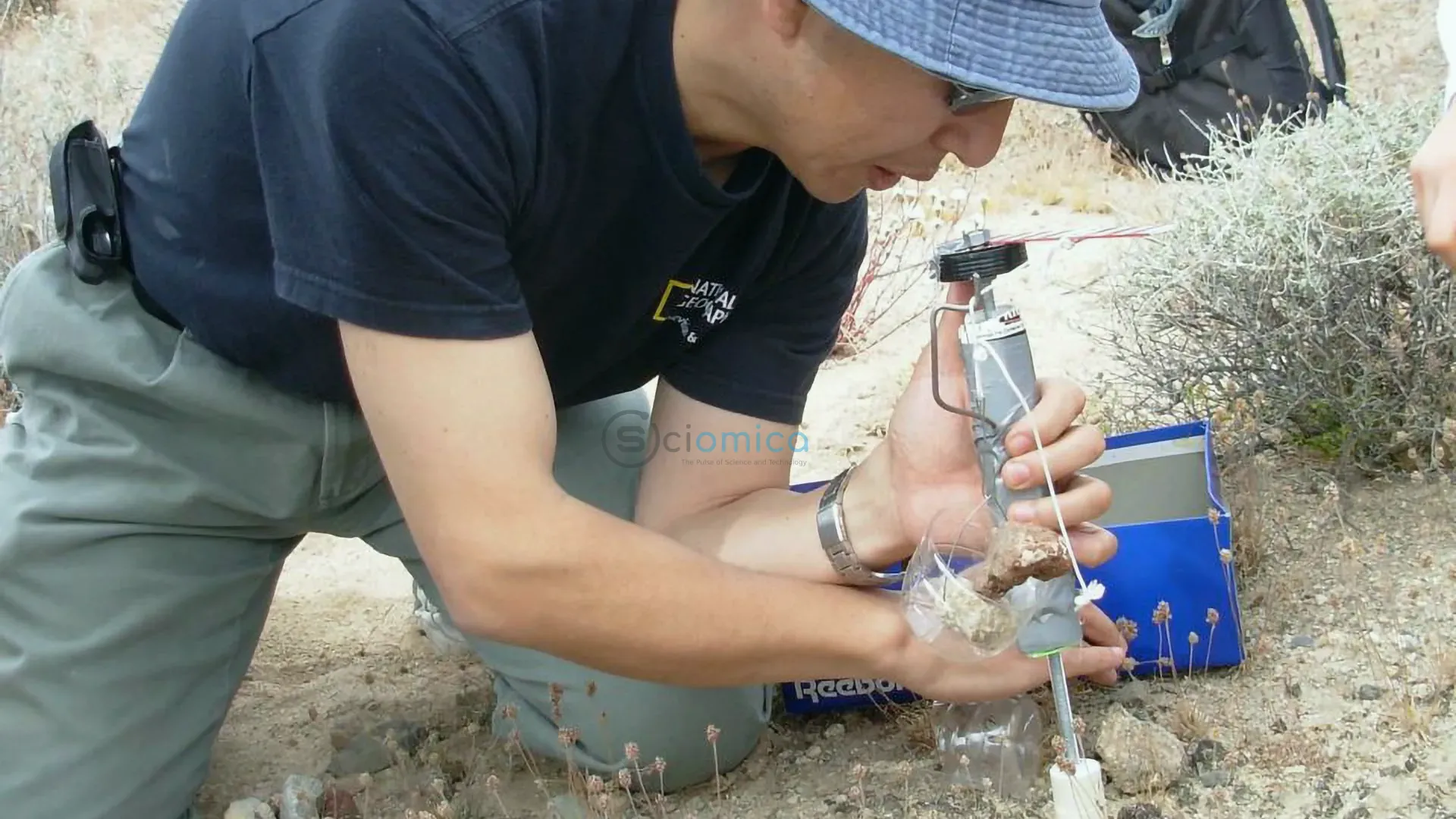
The quest to determine if Earth is the only planet teeming with life has long fascinated scientists and researchers alike. Recently, the focus has shifted to Earth-like exoplanets orbiting distant stars, many of which emit significantly higher levels of solar radiation than our sun. A groundbreaking study published on June 12 in the journal Astrobiology suggests that life forms similar to those on Earth could potentially thrive under these harsher conditions, broadening the scope for the existence of life in the cosmos.
The research centers around a common lichen known as Clavascidium lacinulatum, collected from the Mojave Desert. Remarkably, these lichens survived three months under previously lethal levels of solar radiation. Although they sustained damage, they managed to recover, further replicating when provided with moisture. This discovery opens up new possibilities for photosynthetic life existing on planets exposed to intense solar radiation.
Henry Sun, an Associate Research Professor of Microbiology at the Desert Research Institute (DRI) and one of the study’s lead authors, explained that the study was sparked by a curious observation of the dark-colored lichens in the desert. Unlike typical green lichens, their pigmentation turned out to be a potent sunscreen, allowing these organisms to protect themselves from harmful UV radiation.
Life on Earth has adapted to endure UVA and UVB rays, which consist of longer wavelengths of ultraviolet radiation. UVC rays, however, represent shorter wavelengths that can be particularly lethal and are filtered out by Earth’s atmosphere. Due to this, UVC radiation is utilized for sterilizing various environments, as even brief exposure can damage the DNA of microorganisms.
The study raises intriguing questions about the potential for life on many Earth-like exoplanets recently discovered, particularly those orbiting M and F stars which can emit intense UVC radiation during solar flares. The recent launch of the James Webb Space Telescope has shifted the excitement from searching for life on Mars to exploring these distant worlds, which may possess conditions suitable for life, including liquid water and a viable atmosphere.
Sun and graduate student Tejinder Singh conducted a series of experiments with the collected lichen, subjecting it to a UVC lamp in a controlled lab environment for an extended duration of three months. Impressively, half of the algal cells in the lichen remained viable and were able to replicate upon rehydration. Sun noted the ecological significance of their experimental duration, emphasizing that microorganisms need to withstand prolonged periods to be considered viable on another planet.
To better understand the chemical mechanisms at play, Sun collaborated with chemists from the University of Nevada, Reno. Together, they discovered that the acids from the lichens serve as natural UV resistant agents, akin to additives that render plastics resistant to UV damage. Their investigations also unveiled that the outer protective layer of the lichen darkened after exposure to radiation, much like human skin tans from sun exposure.
The results suggest that this protective layer is not just a remnant but a crucial adaptation, enhancing survival against UVC radiation, which was historically unnecessary due to the filtering effect of the Earth’s atmosphere. Further experiments indicated that the lichen’s protective layer effectively shields its cells from radiation and the harmful chemical reactions that result from intense sunlight exposure.
This pivotal research implies that exoplanets beyond Earth might not only be habitable but could be flourishing with microbial life forms, similar to the resilient lichens of the Mojave Desert. Tejinder Singh reflected on the study’s implications, emphasizing the remarkable resilience of life in extreme conditions. This continued exploration could eventually lead to a deeper understanding of where life might exist beyond our planet. The study’s authors include a diverse group of researchers, reflecting a collaborative effort to unlock the secrets of life’s tenacity in the universe.
Reference:
- Tejinder Singh, Christos D. Georgiou, Christopher S. Jeffrey, Matthew J. Tucker, Casey S. Philbin, Tanzil Mahmud, Christopher P. McKay, Henry J. Sun. UVC-Intense Exoplanets May Not Be Uninhabitable: Evidence from a Desert Lichen. Astrobiology, 2025; 25 (6): 404 DOI: 10.1089/ast.2024.0137


